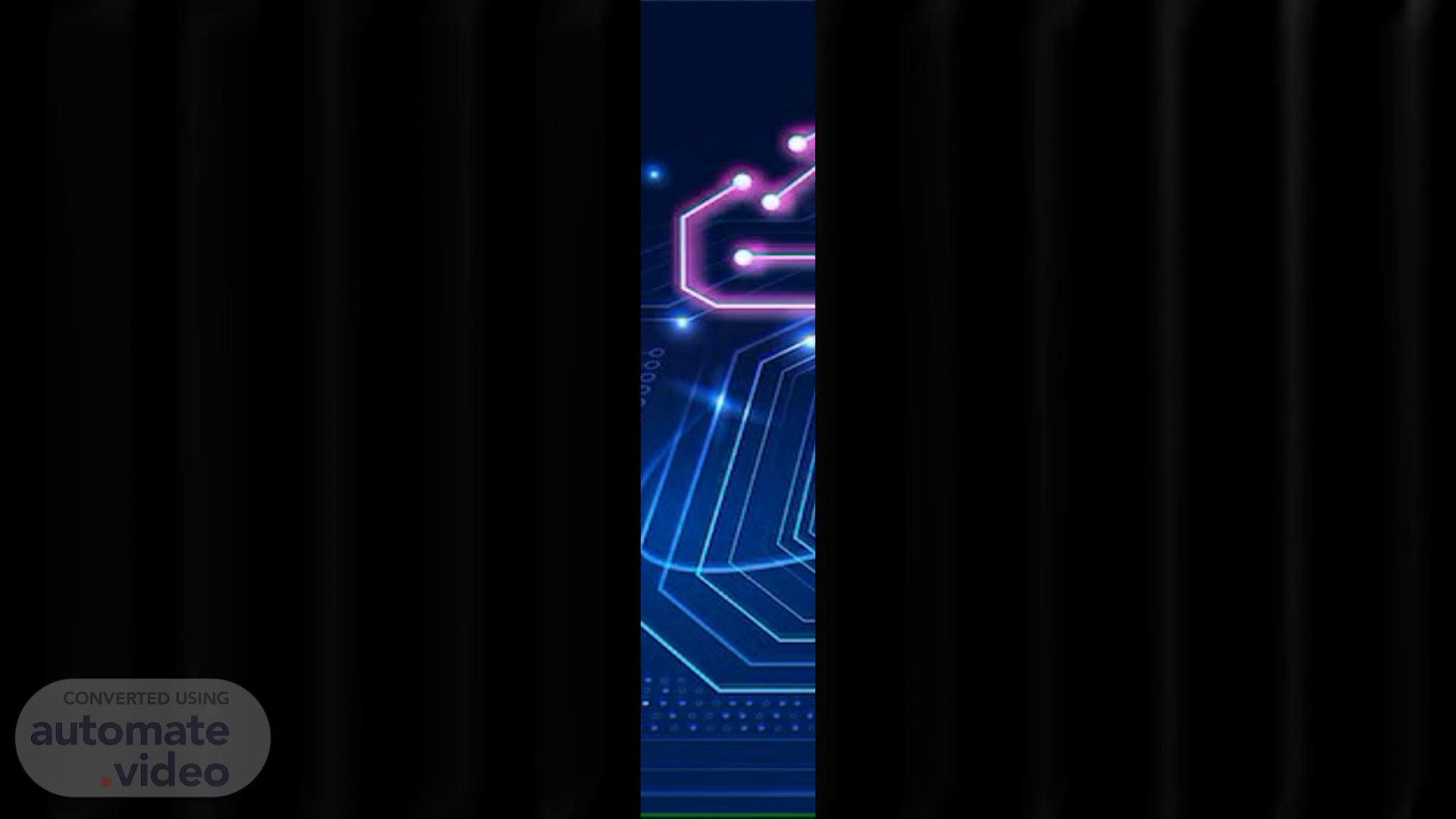Page 1 (0s)
[image]. Deep Learning.
Page 2 (10s)
Introduction. Deep learning is a branch of machine learning which is based on artificial neural networks. It is capable of learning complex patterns and relationships within data. In deep learning, we don’t need to explicitly program everything. It has become increasingly popular in recent years due to the advances in processing power and the availability of large datasets..
Page 3 (30s)
'940 Dark Era Until '940 Neural Nets McCulloch& Machinery Intelligence Widrow& '974 Boltzmann Restricted Machine Boltzmann LSTMs Machines 2014 Wetbos (and Neocoøtron Hitton& Machine LeNet Hochreiter & Salahutdinov GANS Fukushima Senowski Smolensky Lecun Schmidhuber & Hinton Goodfellow '986 '997 2012 2017 Perceptron XOR problem Self Hopfield Multilayer RNNs Bidirectional Deep Belief Dropout Capsule Rosenblatt Mtnsky& Organizing Network Perceptron Jordan RNN Networks• Hinton Networks Papert Map JohnHop5eld Rumelhut. Schuster& pretraining Hinton & Sabout. Frosst,.
Page 4 (48s)
Difference between Deep Learning and Machine Learning.
Page 5 (1m 12s)
Neural Network. A neural network is a method in artificial intelligence that teaches computers to process data in a way that is inspired by the human brain..
Page 6 (1m 30s)
Neural Network Layers. Input layer: The input layer is the first layer of the neural network.Its neurons represent the features or attributes of the input data. Hidden layer: Hidden layers lie between the input and output layers.They perform computations on the input data to learn and extract relevant features.Each neuron in the hidden layers receives inputs from all neurons in the previous layer. Output layer: The output layer is the final layer of the neural network.Its neurons produce the network's output based on the processed input data.The number of neurons in the output layer depends on the nature of the task.
Page 7 (2m 0s)
Neural Networks Learning Process. This process typically includes data preprocessing, initialization of weights and biases, forward propagation of data through the network, calculation of loss or error, backpropagation of gradients, optimization of parameters, iterative updates, validation, and deployment..
Page 8 (2m 22s)
Types of neural networks. Convolutional Neural Network tCNNJ • • Max FONL„re Extrutm lavs Recurrent Neural Network LRNNJ Layer Layers QRput LW Rearrem Neural Network.
Page 9 (2m 50s)
Deep Learning in Computer Vision. Computer vision tasks involve the interpretation and understanding of visual information by machines. Deep learning has revolutionized computer vision by enabling the development of highly accurate and efficient vision systems. Eg- image classification, object detection,etc..
Page 10 (3m 10s)
Transfer Learning. Transfer learning is a machine learning technique where a model trained on one task is reused as the starting point for a model on a second task..
Page 11 (3m 38s)
Limitations. Deep learning models require large amounts of labeled training data to generalize well to new, unseen examples . Performance may degrade when trained on small or biased datasets, leading to overfitting. Training deep learning models requires significant computational resources, including powerful GPUs or TPUs and large-scale distributed systems . Training time can be prohibitively long, especially for complex models and large datasets. The algorithms used in deep learning are still not as efficient as the learning algorithms used by our brain..
Page 12 (4m 4s)
Future of Deep learning. Continual Learning: Developing techniques for learning from streaming data and adapting over time. Lifelong learning systems that continuously acquire new knowledge and skills. Neurosymbolic AI: Integrating deep learning with symbolic reasoning and logic-based approaches . Building AI systems that combine the strengths of connectionist and symbolic AI. Meta-Learning : Developing algorithms that enable models to learn how to learn . Learning to adapt quickly to new tasks and environments..
